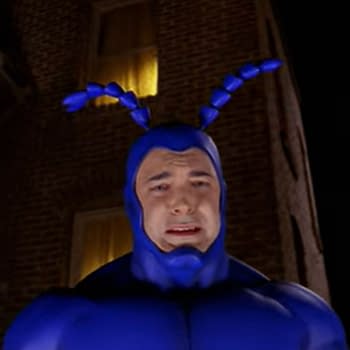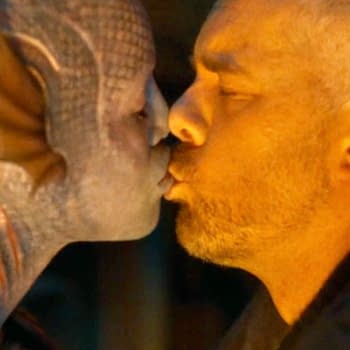Posted in: BBC, Doctor Who, TV | Tagged: albus dumbledore, Ash Williams, assassin's creed, Bill And Ted's Excellent Adventure, bleeding cool, Box of Delights, cable, doctor who, Final Fantasy, highlander, james bond, John Munch, legend of zelda, macgyver, mad men, mary poppins, mass effect, Q, Santa Claus, sesame street, sherlock holmes, Star Trek: The Next Generation, streaming, television, The Christmas Chronicles, the crown, the evil dead, the good place, The Magic School Bus, the office, Time Lords, tv, twin peaks
'Doctor Who' Confidential [Part 3: Video Games, Books, Etc.]: Pop Culture's Secret Time Lords Exposed!
It could happen at any time, and most often does when you least expect it. You are watching television, seeing a movie, playing a game, or reading a book. All of the sudden it hits you:
"That's a Time Lord!"
Suddenly, all the pieces of character-building background now make sense!
While Time Lords may have first appeared in Doctor Who, we can now see that they've infiltrated nearly every corner of pop culture – and for some time now.
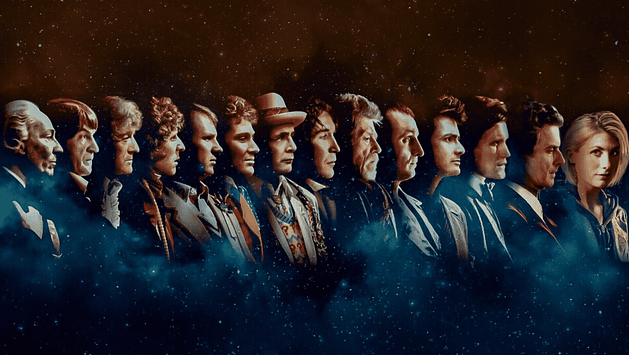
As any Doctor Who fan could tell you, Time Lords are an ancient alien race from the planet Gallifrey. They have the ability to travel through time and space in a special craft called a TARDIS (Time And Relative Dimension In Space) that is bigger on the inside. While they appear humanoid, Time Lords have two hearts, special abilities to restrict respiration, telepathy (in limited cases), and an increased ability to heal via coma. But the most remarkable aspect of a Time Lord? Their ability to regenerate when damage to their body is too severe. After regeneration, a Time Lord has a new face and body, as well as slight changes in personality, but all of their previous memories.
As we continue along "The Year Without Who," a determined team of Bleeding Cool reporters and I are wrapping up our expose on "hidden Time Lords" who have been living under our noses for years ("Operation WHO (Tar)DIS?") – this time shining the spotlight on video games, books, and more (and for a look back at Part 1: Television, click here; and for a look back at Part 2: Movies, click here).
Part 3: Video Games
(Courtesy of Madeline Ricchiuto)
Cid: Final Fantasy – There is a Cid in almost every game, sometimes with a slightly different name. Cid is always a mechanic, often builds airships, usually flies an airship named Highwind (could be a TARDIS), he's had companions before, and has appeared in every mainline FF game since Final Fantasy II (including several spinoffs). That is a lot of regenerations.
Al Mualim: Assassin's Creed – He could be the Master. His end-game seems like a Master plot (convolutedly playing both sides to get his hands on a high-tech artifact that's also a world-ending McGuffin), his name translates to something along the lines of "the master," and he speaks to the main character Altaïr after his "death," even reacting to the protagonist's comments and questions.
Pretty much everyone in The Legend of Zelda: Link, the hero, must save Zelda, the princess, from the evil Ganon/Ganondorf. They're not supposed to be the same character. Zelda is usually just another princess from the Royal family with the same name and the soul of the Goddess Hylia. Link, the Hero, is the name of every protagonist, with some being the grandkid of previous games' Link. Ganondorf takes on non-human forms as Ganon (botched regenerations?), and is supposed to be a different evil Geurdo King every time, though, his motivations are always the same.
Commander Shepard: Mass Effect – Shepard dies at the start of the second game and is "brought back" by a shady company named Cerberus. However, Shep would have to be roughly 60% synthetic for that to work, and we only ever see cybernetic implant issues on the Commander's face. So, its more likely Shepard went through a partial regeneration. Shepard also survives what should be total annihilation at the end of the third game (if you went with the Kill All Technology ending). Further proof, every vehicle Shepard drives or commands is larger on the inside (though they don't time travel).
Books
Sherlock Holmes: The Adventures of Sherlock Holmes by Sir Arthur Conan Doyle – This entry could easily have appeared in film or television as well, as the character has appeared in all three media. However, it was in literature where Holmes got his starts and it is even in the books where he appears to have special powers. A genius, he has technological and scientific knowledge decades and sometimes centuries ahead of his cohorts. He travels with his companion, Dr. Watson, to whom he often delivers lengthy expositions. And he has gone through more iterations than even the Doctor has.

Dumbledore: Harry Potter Series by J.K. Rowling – Professor Albus Dumbledore has somehow managed to be present at every important event in the last 100 years of wizarding history. He has a device that lets him travel through time. He has gone through at least one regeneration in the movies (we miss you, Richard Harris). Additionally his love/hate history with his former best friend Gellert Grindelwald is reminiscent of the Master/Doctor relationship in Doctor Who.
Other
Santa: Time travel is really the only way to explain Santa's ability to visit all the homes of all of the children around the world who celebrate Christmas. He travels in a sleigh, which is very obviously a TARDIS that can travel through space and time. The Reindeer are obviously alien beings that have joined him on his travels. The bag he carries is bigger on the inside.

Thanks for joining us on this little journey… and keep watching the skies!
Or for that cool-weird noise the TARDIS makes as it's leaving or arriving…


!['Doctor Who' Confidential [Part 3: Video Games, Books, Etc.]: Pop Culture's Secret Time Lords Exposed!](https://mlpnk72yciwc.i.optimole.com/cqhiHLc.IIZS~2ef73/w:auto/h:auto/q:75/https://bleedingcool.com/wp-content/uploads/2015/02/legend-of-zelda-1.jpg)

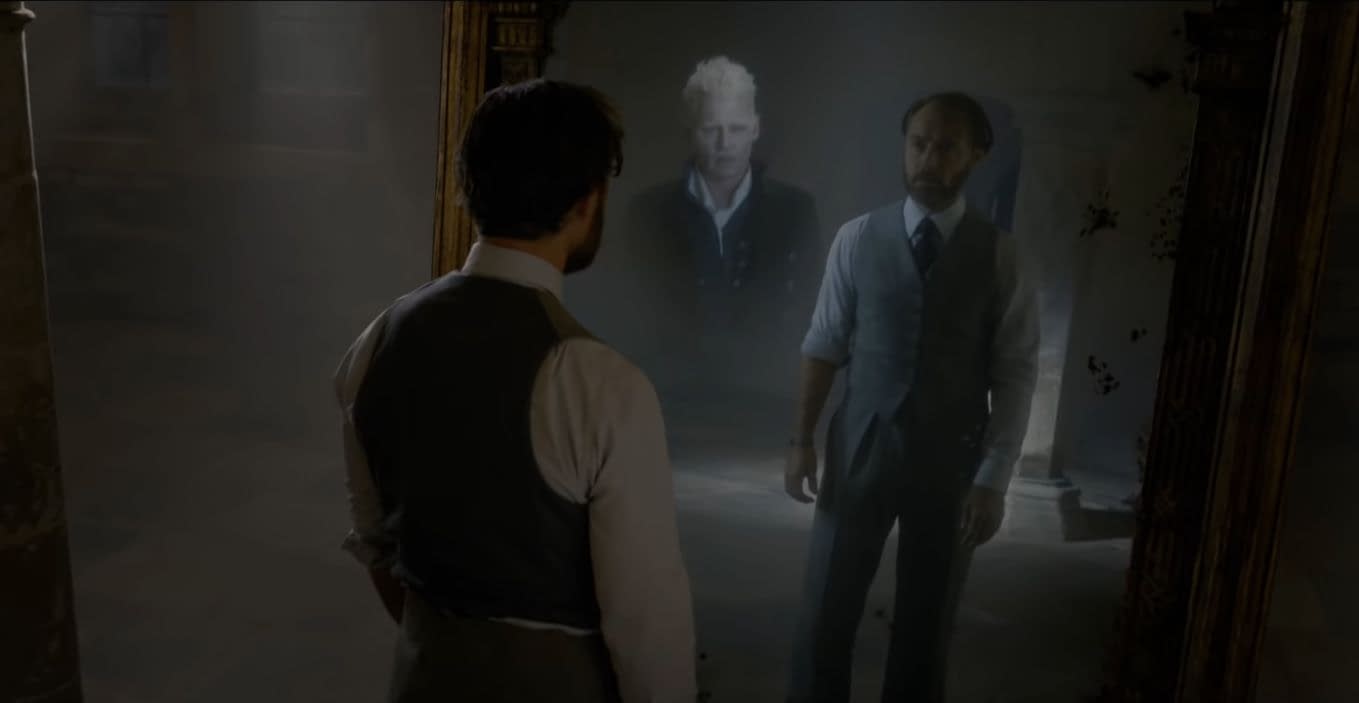

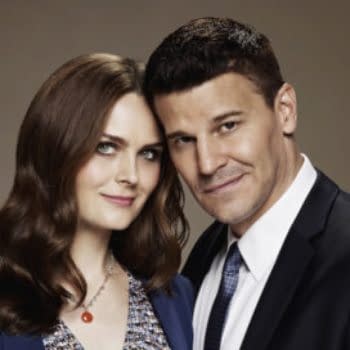
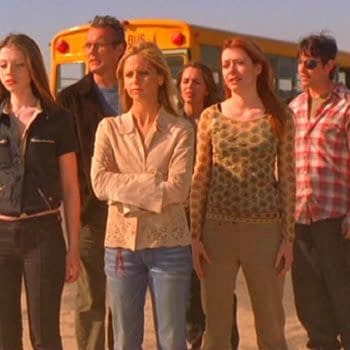

![Too Many Streaming Services? Blame Wall St, Not Cord-Cutters [OPINION]](https://mlpnk72yciwc.i.optimole.com/cqhiHLc.IIZS~2ef73/w:350/h:350/q:75/rt:fill/g:ce/https://bleedingcool.com/wp-content/uploads/2019/07/stream-1-350x350.jpg)

